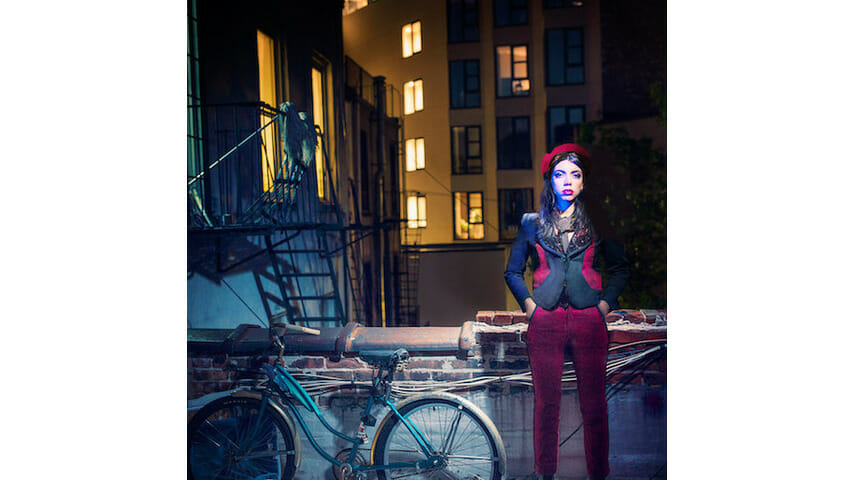Hurray For The Riff Raff: The Navigator

Hurray For The Riff Raff’s The Navigator actually shares a number of commonalities with Beyoncé’s Lemonade. It’s a concept album in the most complete sense of the term. Its creator is a fierce independent woman with a confident creative vision. And most poignantly, it’s a statement piece made by a member of a marginalized community that, while important for outsiders to hear, is best understood by the people within it.
But these two works differ, of course, in their themes. Whereas Lemonade’s micro issues dealt with romantic infidelities and its macro perspective illustrates the continued inequality regarding race relations in America, The Navigator focus on an individual’s quest for autonomy within the context of this nation’s history with (and current conflicting opinions about) immigrants and immigration rights.
-

-

-

-

-

-

-

-

-

-

-

-

-

-

-

-

-

-

-

-

-

-

-

-

-

-

-

-

-

-

-

-

-

-

-

-

-

-

-

-








































